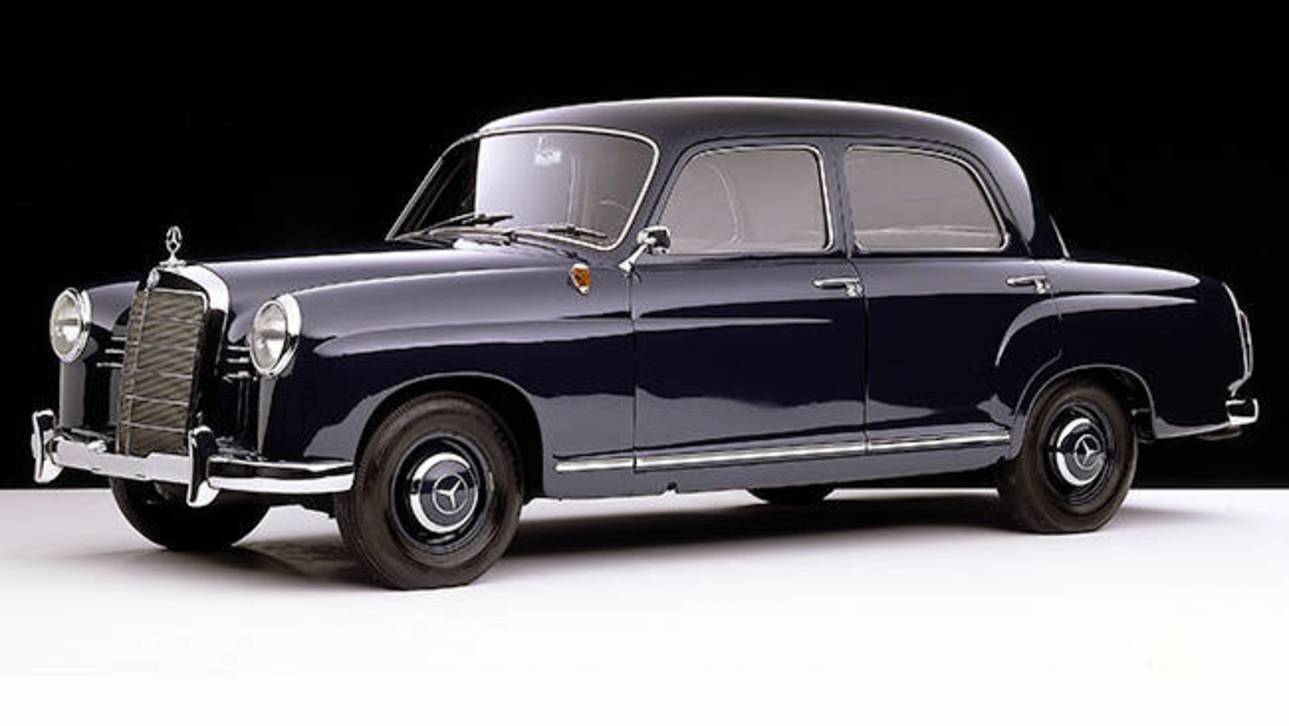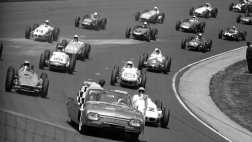It is 60 years since Mercedes rolled its landmark 180 sedan into the sunshine. Back in 1953 it was a technical and styling milestone for Mercedes-Benz, and set a foundation for its luxury sedans and coupes for the future.
The 180 featured Mercedes' first unibody construction, which allowed it to break free from the more conventional and heavier body-on-chassis design, thus lowering weight and increasing torsional rigidity. Mercedes also boasted the 180 had a double wishbone front suspension which was bolted to a front axle carrier instead of directly to the frame.
The U-shaped axle carrier also accommodated the engine, transmission and steering. This arrangement helped reduce road and body noise and delivered production line efficiencies. Down the back of the 180 the Germans used those wicked swing axles and coil springs, which Chevrolet later employed on the Corvair.
If you look at the 1953 Mercedes and you start to see a 1949 Ford or 1950 Chevrolet, except a little smaller, you'd be right. The folks from Stuttgart reinterpreted the emerging American design motifs and trends while still incorporating that famous Mercedes grille and star emblem. They came away with a unique Mercedes "look" that still draws admiring glances.
The main engine of the 180 was a 1.8 litre four cylinder affair producing a meagre 38kW. No surprises then that it took the car over 30 seconds to reach 100kmh. That was slow even in the day. By comparison a 1948 FX Holden could get to 100kmh nine seconds quicker. Mercedes also offered a diesel engine in the 180, which made it a popular choice for taxis.
The 180 was the basis of a long line of more powerful sedans and coupes. The 190 SL sports convertible, which debuted in New York Auto show in 1954, was built on a shortened 180 platform. By lengthening the 180 wheelbase, Mercedes was able to develop a range of luxury sedans during the 1950s and insert more powerful six cylinder motors under the bonnet.
Mercedes made almost 120,000 180s and variants during its nine year production run. On a global comparison a good 180 fetches about $25,000 to $30,000 theses days. For those wanting to get into their first classic European car, the 180 is a great choice.
David Burrell is the editor of retroautos.com.au
-inpage.jpg)





.jpg)
.jpg)



.jpg)
.jpg)

.jpg)


.jpg)


.jpg)
.jpg)




Comments